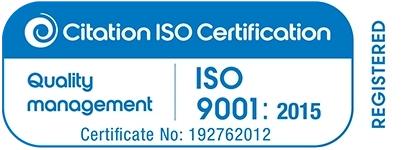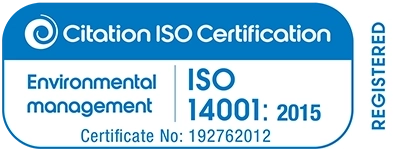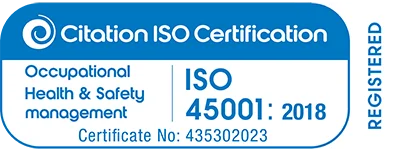Apple products might be synonymous with trendy creative types – graphic designers, budding novelists and bloggers – but they’re now being used in a completely different setting: the NHS. Portable devices like tablets and smartphones have become pivotal in helping frontline NHS staff, like doctors and nurses, provide better and more timely healthcare. It might take a while until there’s an NHS iPad in every healthcare facility in the country, but there’s plenty of evidence to suggest that an NHS iPad scheme could do wonders for reducing the number of deaths in hospitals, quickening response times to patients and reducing admin for clinicians. In this blog, we’re going to take a look at what’s already happening in the NHS with respect to mobile devices, the benefits an NHS iPad scheme could offer, and the considerations that would come with such a scheme.
Hospitals across the country have already introduced the NHS iPad into their observation systems
The concept of NHS iPads isn’t a new one. Since 2010, Luton and Dunstable University Hospital has been introducing what they call an ‘electronic observation system’: recording patient vital signs on mobile devices, which can then be accessed by computers across the hospital. More recently, Queen Alexandra Hospital in Portsmouth and Coventry’s University Hospital have also introduced what the BMJ Quality and Safety journal calls an ‘Electronic Physiological Surveillance System’ (EPSS). A study in the journal found that after one year of introducing the system, the hospitals recorded 397 and 372 deaths respectively. And according to this article from the Daily Mirror in 2014, a further 40 hospitals introduced the EPSS.
Mobile devices and the right software allow rapid detection of deteriorating health
So how exactly do iPads help monitor patient health and improve healthcare? In the case of the hospitals in the BMJ Safety and Quality study, health indicators like blood pressure, breathing rate, oxygen levels and pulse are logged into an app called Vitalpac. The Vitalpac software houses the data and, according to the Daily Mirror article, calculates an Early Warning Sign (EWS) for the patient. It calculates this EWS in a matter of seconds with next to no error, whereas it would take busy clinicians much longer, and with a far greater likelihood of miscalculation if this was done manually This data can be accessed from any mobile device or computer synced with the network, meaning that doctors can see when a patient’s health is deteriorating from the opposite end of the hospital. As illustrated by Luton and Dunstable’s video on their electronic observation system, quicker response times can improve the chances of patients recovering, and reduce the chance of heart attacks and avoidable deaths. EPSS gives clinicians easier access to more data about their patients, which they can use to prioritise patients.
For electronic observation systems using iPads to be truly effective, all mobile devices within the NHS need a customised storage strategy
Unlike paper charts and clipboards, the iPads and other mobile devices need to be treated with care. If not, the NHS risks incurring unnecessary costs repairing and replacing faulty or damaged devices. What’s more, clinicians will not be able to deliver more efficient healthcare if NHS iPads are not synced or charged. The only way to guarantee that mobile devices are always ready to be used exactly where they’re needed is for the NHS to introduce a robust device management strategy. NHS iPads need their own storage units which can charge and sync devices, while keeping them secure and clean. Depending on when and where the devices are needed, storage units need to be easily transportable, and be able to accommodate different types of devices.
For further information about what you need to know and best practice about mobile device management in an NHS iPad scheme, download our guide:
[button type=”warning” size=”lg” link=”http://info.lapcabby.com/mdm-in-the-nhs-what-you-need-to-know”] Get your ‘MDM in NHS’ eBook [/button]




